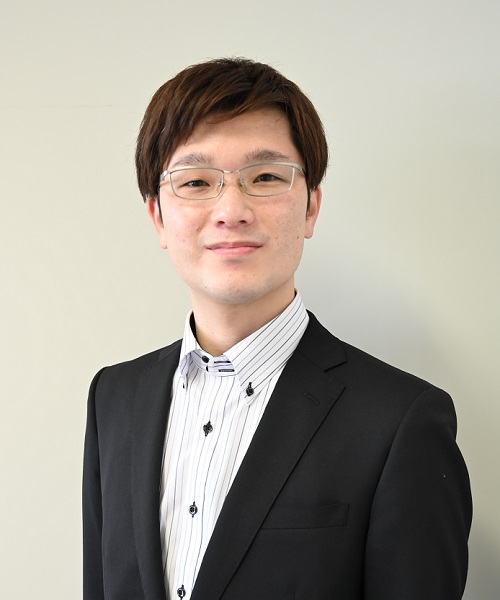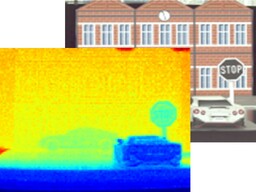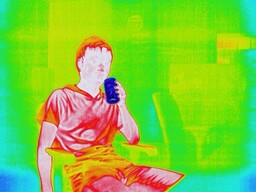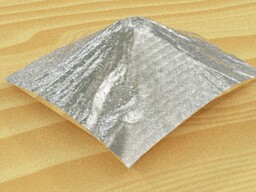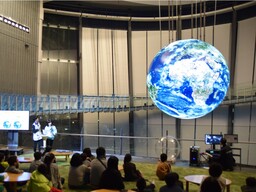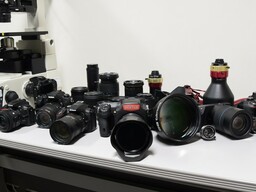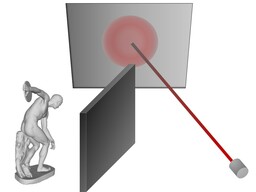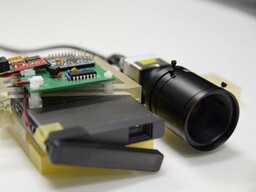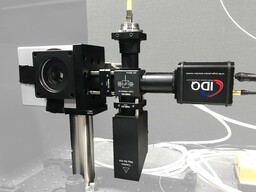Optical Media Interface

Research Staff
-
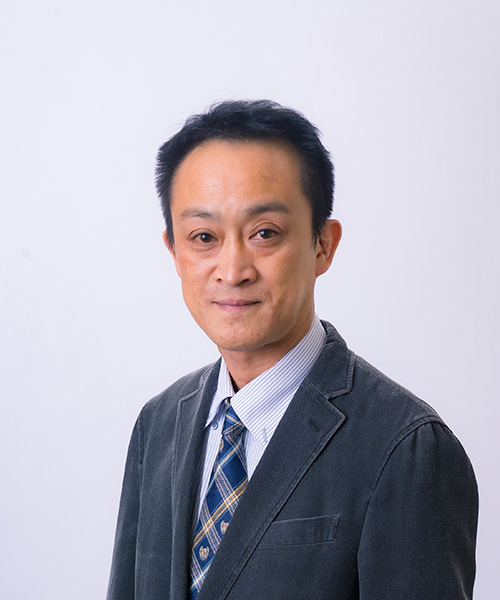
Professor
Yasuhiro MUKAIGAWA -
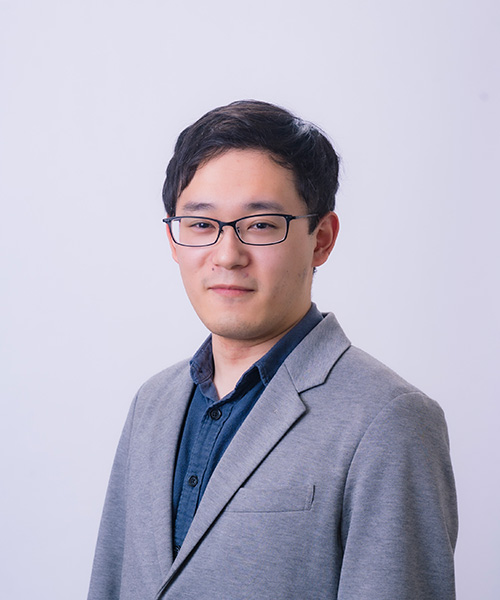
Associate Professor
Yuki FUJIMURA -
Assistant Professor
Kazuya KITANO
|
Affiliate Professor Takuya FUNATOMI Affiliate Assistant Professor Takahiro KUSHIDA Affiliate Assistant Professor Seitaro SHINAGAWA |
Research Areas
Check out our laboratory website for the recent topics and the detail. Our research interests stand on both computer vision and computer graphics techniques, which are inextricably linked together. Some of this research has interdisciplinary applications in areas such as autonomous robots, factory automation, medical services, and agriculture, and is performed in collaboration with other universities and companies.
Computer Vision
We are developing technologies that enable a computer to understand a scene by estimating the 3D shape and material of an object based on visual information captured by a camera. To do this, we use not only conventional cameras but also far-infrared cameras, hyperspectral cameras, and Time-of-Flight cameras that measure the distance to the object. The optical information measured by these cameras is analyzed using physical models and deep learning. This technology is needed in industries such as autonomous driving and product inspection.
Computer Graphics
By reproducing reflections and scattering of light, we develop techniques to render realistic CG that is indistinguishable from the real thing by depicting the unique texture of the object. We are challenging to develop new ways of presenting visual information, such as creating realistic replicas, stereoscopic viewing, and projection mapping, in addition to simply displaying CG on a display.
Computational Photography
By incorporating computational processing into photography, cameras can achieve greater functionality. It is not mere image processing, but by adding optical innovations, they can exceed even the physical performance limits of the device. This makes it possible to take pictures that are impossible with ordinary cameras. This is a new technology that has recently been implemented in smartphones.
Development of Sensing System
We design and develop specialized sensing systems that measure the position, angle, time of flight, wavelength, etc. of light rays in a scene for specific purposes. By combining various optical elements such as lenses, reflectors, and light sources, we build a world-unique system.
